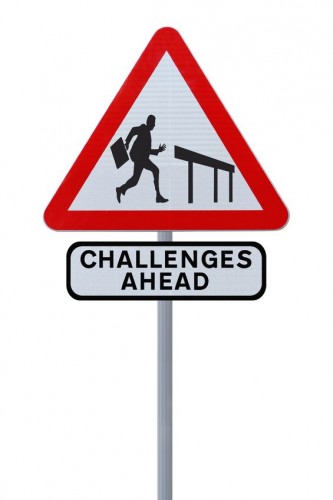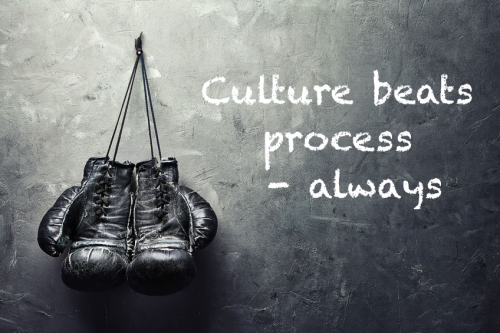I have been reading “Building the bridge as you walk on it” by Robert E. Quinn. It’s a lovely book. What struck me the most and what has been going round in my head for a while since reading the book is this very simple statement:
“Management is what we do. Leadership is who we are.”
So from that perspective, all this talk about leadership tools and training misses the point. What we need to talk about is what it takes to develop a healthy leadership state.
And that made me go back and dig out some writings by Doug Silsbee. He has a lovely acronym SeeBeDo that reminds us that the way we choose – and it is a choice – to see things, influences the way we are. Our state. And the state that we are in will influence our actions. And our actions determine the outcomes that we get in life.
A simple example: The way I drive on the day I have all the time in the world, meandering through the countryside on the first spring day, is different from when I am late for the airport and traffic is dense in the rain. And the way behaviour shows up comes out most obviously in how I behave towards other people.
I expect that you can imagine for yourself the two different scenarios and the two different types of driving behaviour that are the result. I say no more.
But the implication of this line of thought is that my driving style is at the mercy of the circumstances that I happen to be in. Ultimately, that means I see myself as either a lucky guy out for a drive in the countryside, or as a victim of bad weather and crowed motorways and I behave accordingly.
Ouch…..
I don’t need more driving lessons – that is not the point – I need to learn to manage my states.
The first step in managing my states is to examine closer how I choose to see what goes on around me. The state that I am in is driven by the way I choose to perceive the situation.
Neuroscience has documented this very well; we are what we give our attention to. Whatever we hold in our mind unconsciously influences what we can notice and focus on – and maybe more importantly, what we are unable to notice and focus on. This too has been well documented in “the Gorilla on the court” experiments.
So to what extend are we conscious of what we are holding in our mind? And is what we are holding in our mind supportive of the leadership responsibility before us or is it getting in the way, possibly even hindering us in understanding what is truly going on?
As always I would love to hear your thoughts and comments on this topic. Feel free to leave your comments below and let me know what you think.







